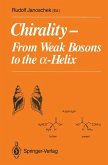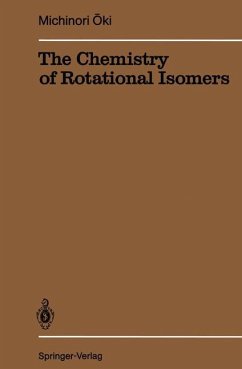The anomeric effect is a well-defined and much studied example of a deep seated and very general effect in organic chemistry. It involves a fundamental interaction between the lone pair electrons of oxygen and the antibonding orbitals of adjacent bonds, which can control not only conformation but also reactivity in suitable systems. So the heart of this book is a consideration of the properties of non-bonding pairs of electrons, and the influence of orbital orbital interactions on structure and reactivity. I have been lucky in recent months to be able to discuss various matters arising in this book with people who know more about them than I do. Parti cularly Professors C. Altona, A. Eschenmoser, F. Hirshfeld, M. Lahav, R.A. McClelland, G.M. Sheldrick and A. Vos, and, nearer horne, I. Fleming, P.G. Jones, AJ. Stone (who helped with the rather theoretical Appendix) and I.H. Williams. I am also most grateful to Professors P. Deslongchamps, ID. Dunitz, D.G. Gorenstein, W.P. Jencks, G.A. Jeffrey, R.D. Lemieux and S. Wolfe, for very helpful correspondence, and information in advance of pUblication. I have covered the literature received in Cambridge up to early December 1981.








